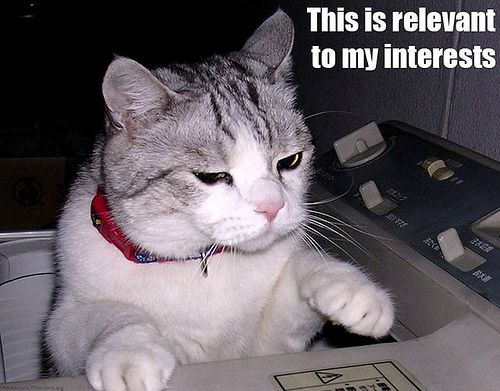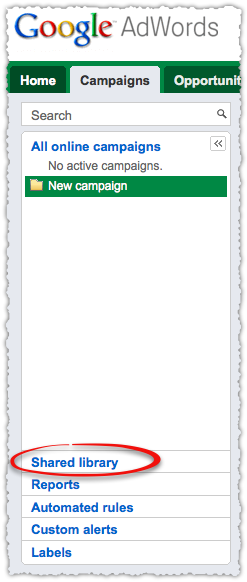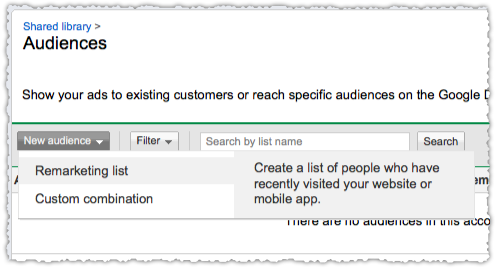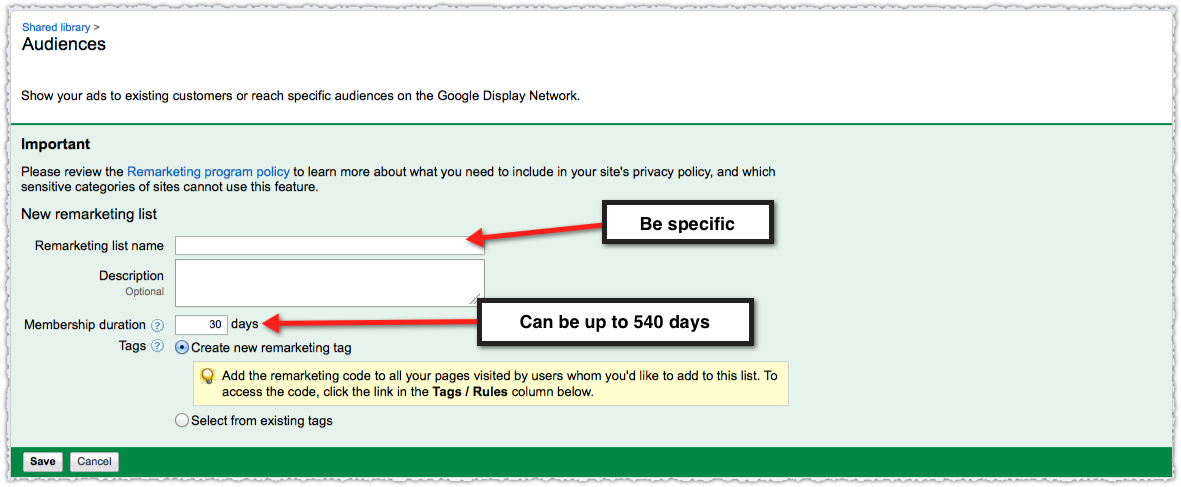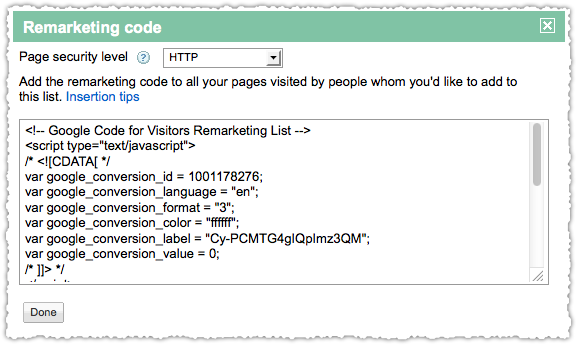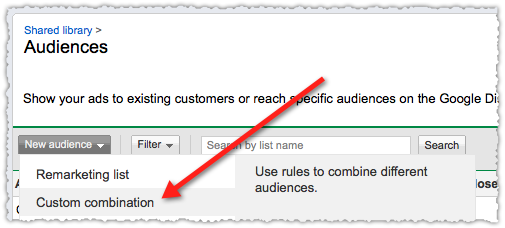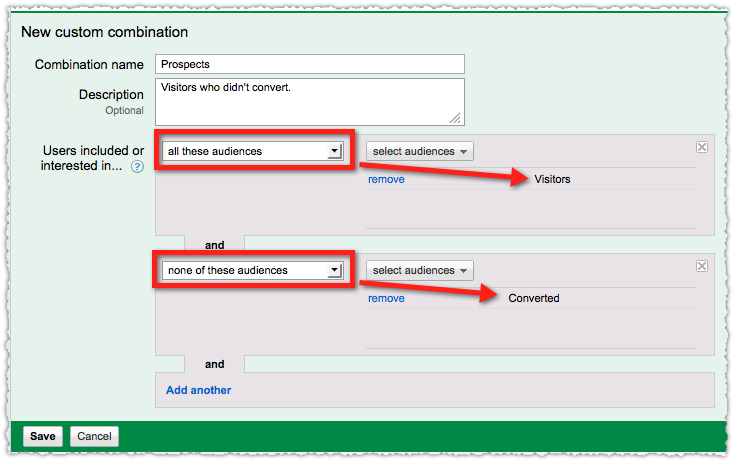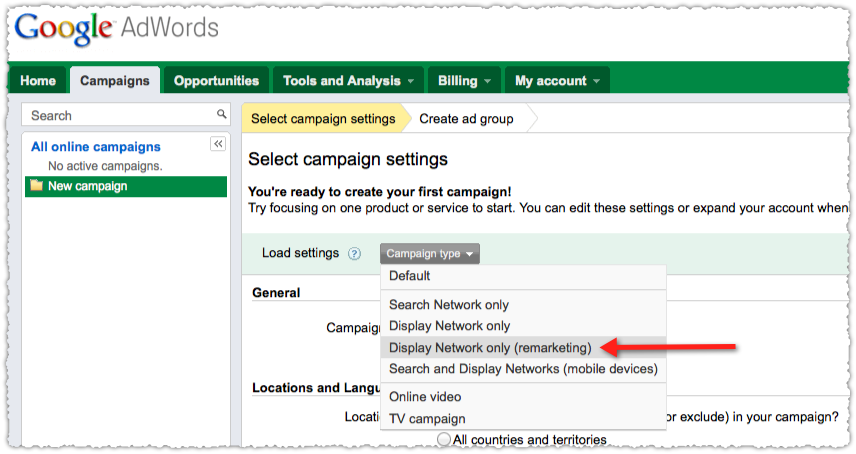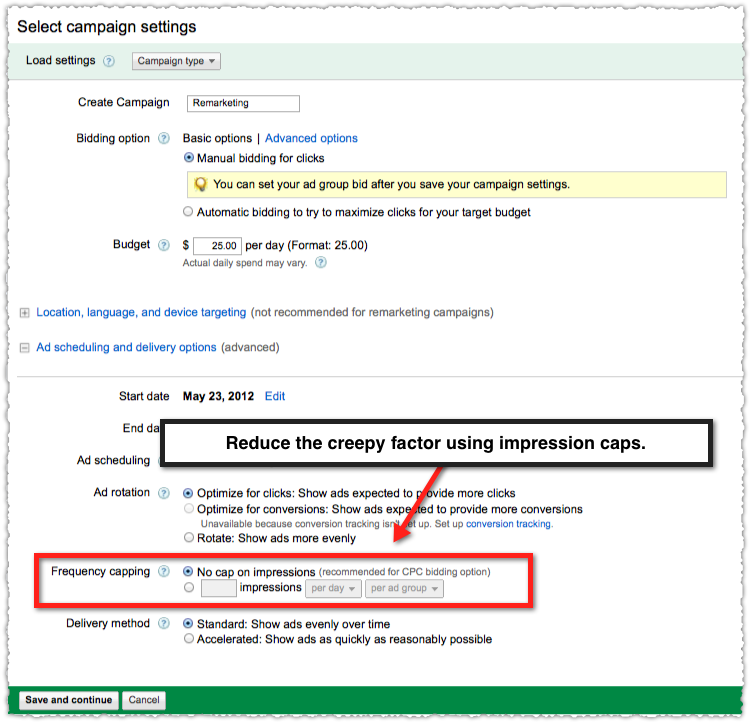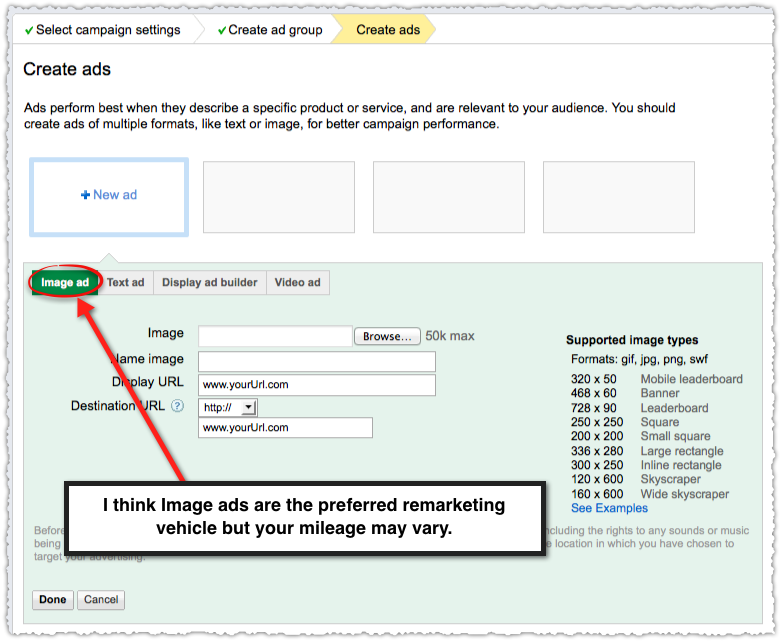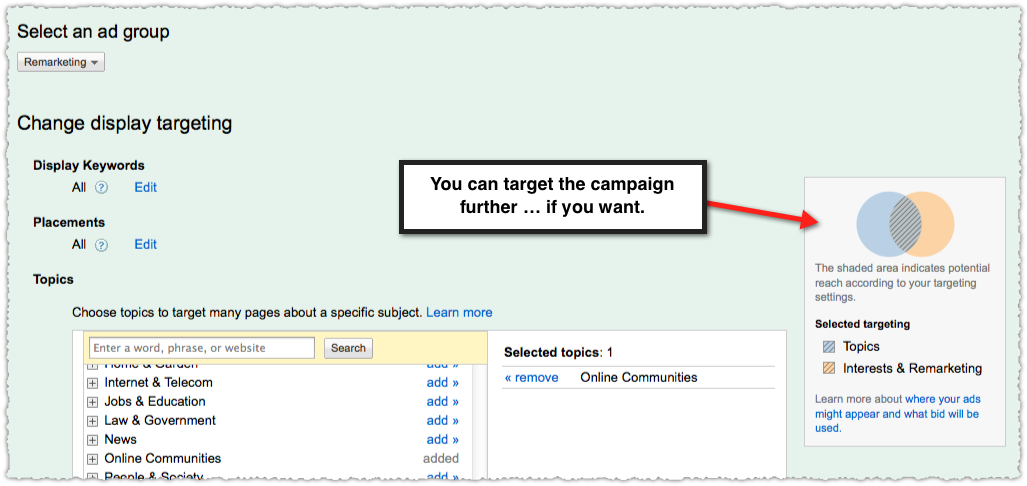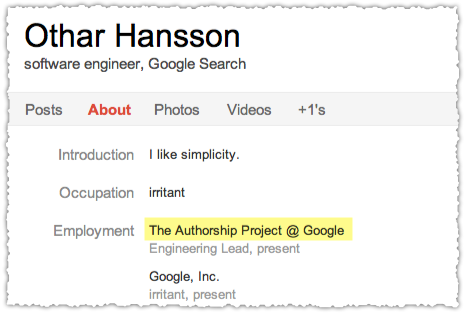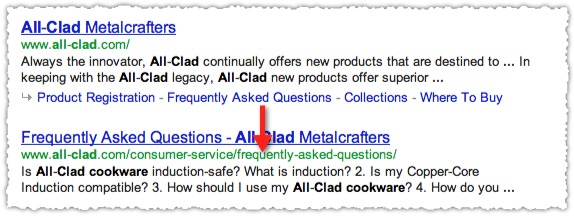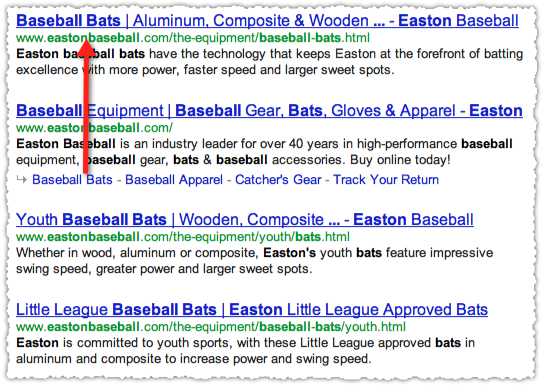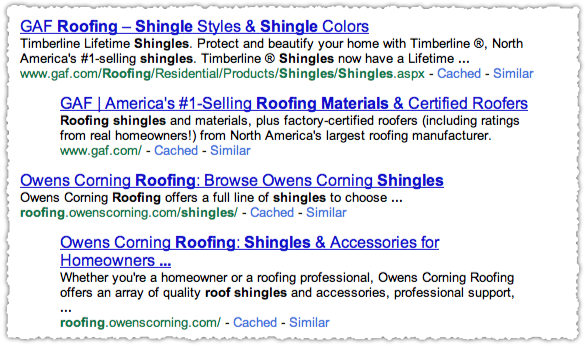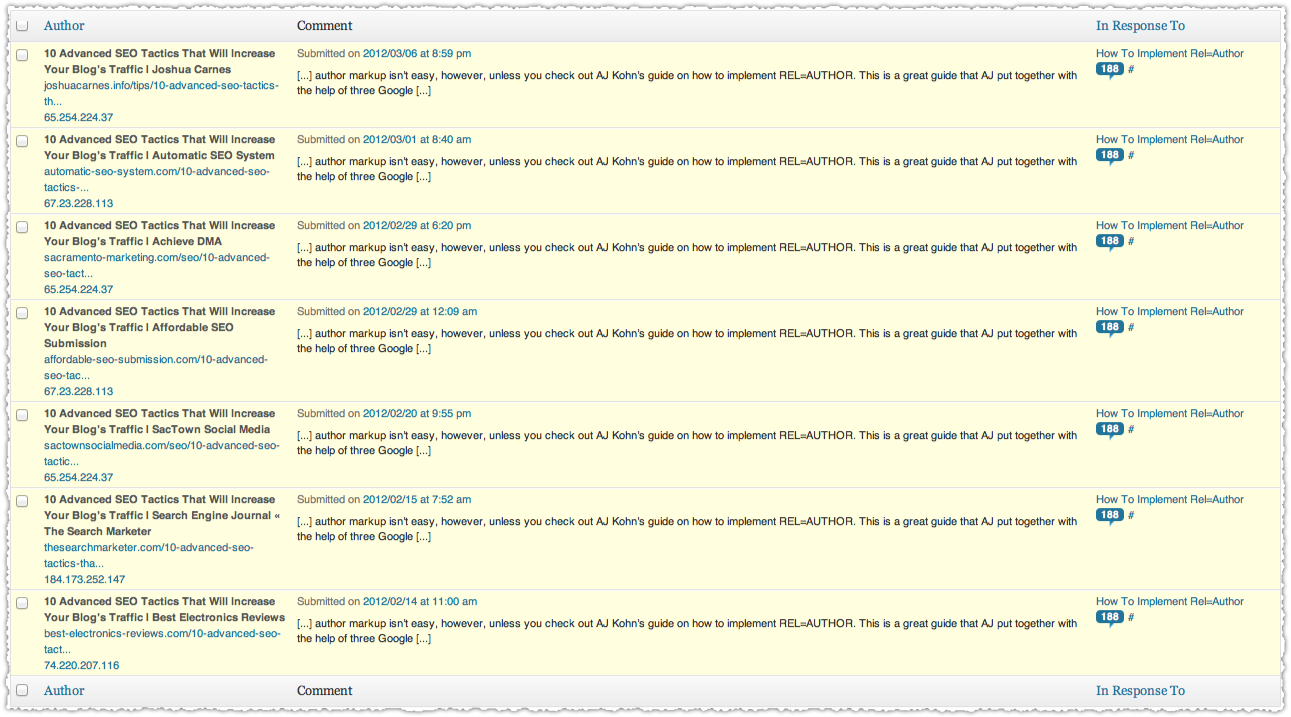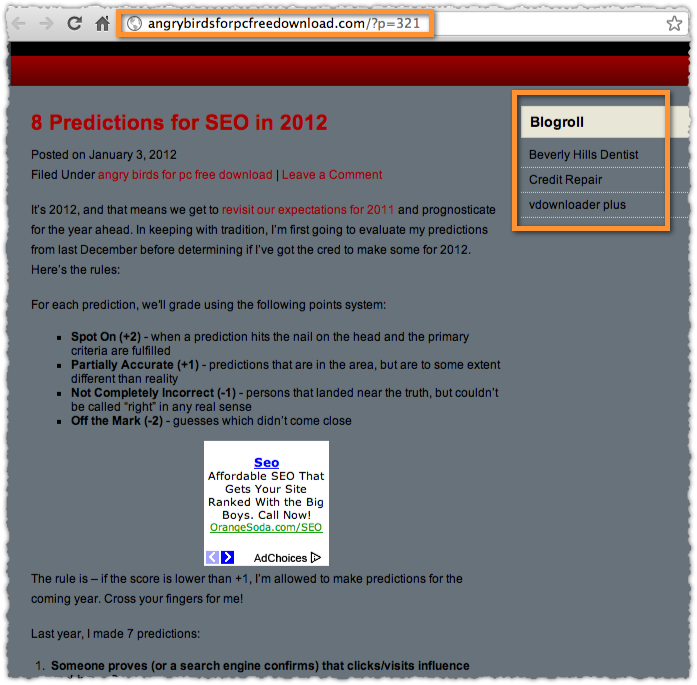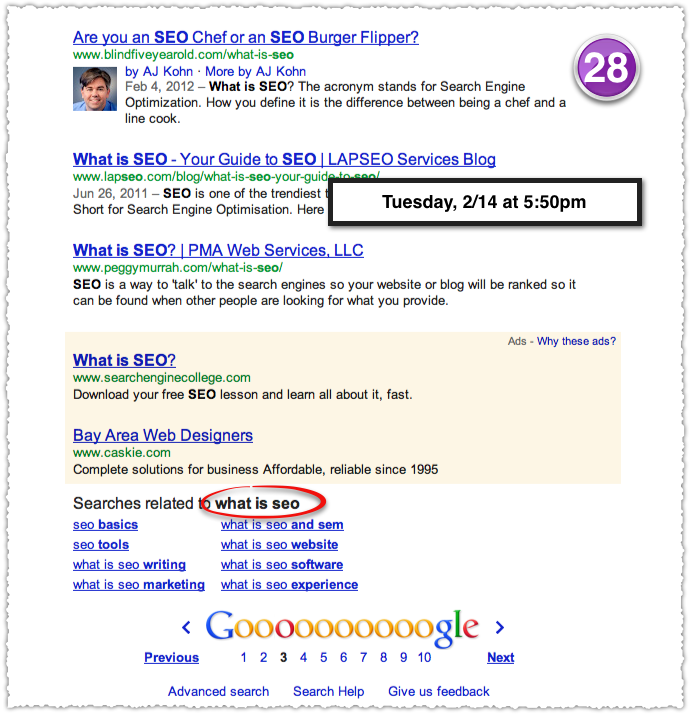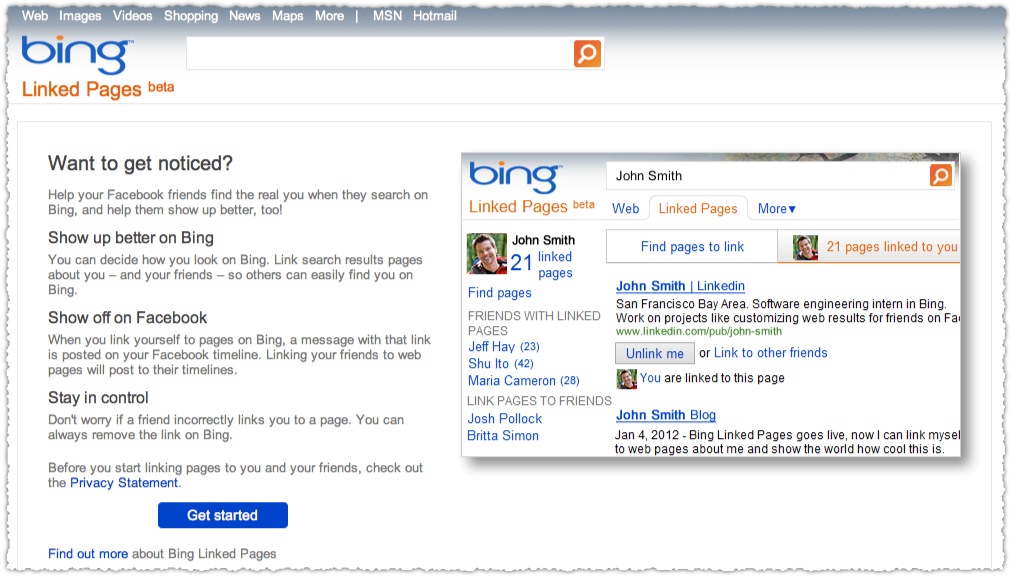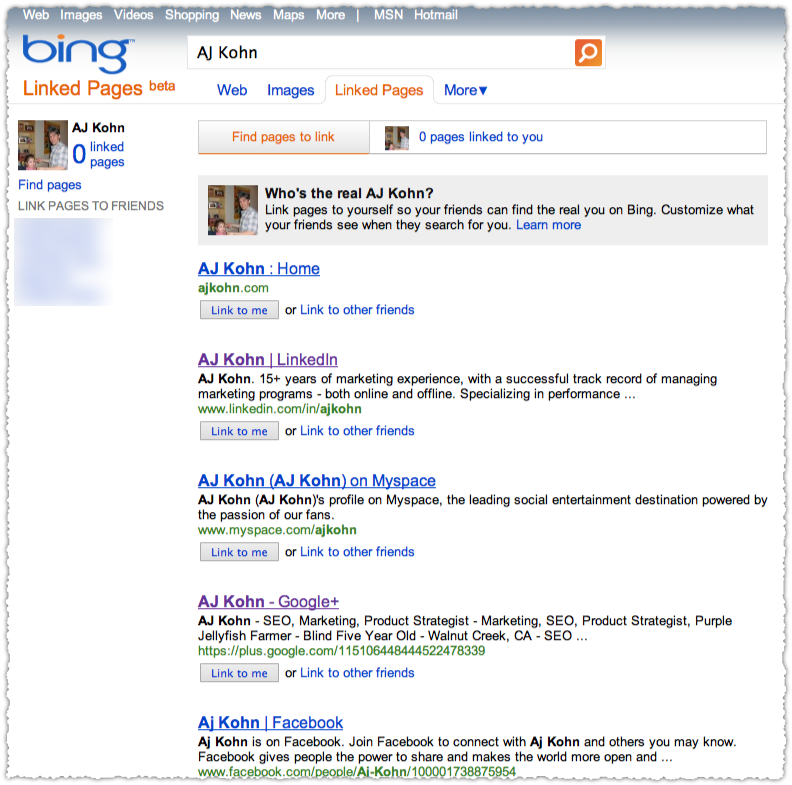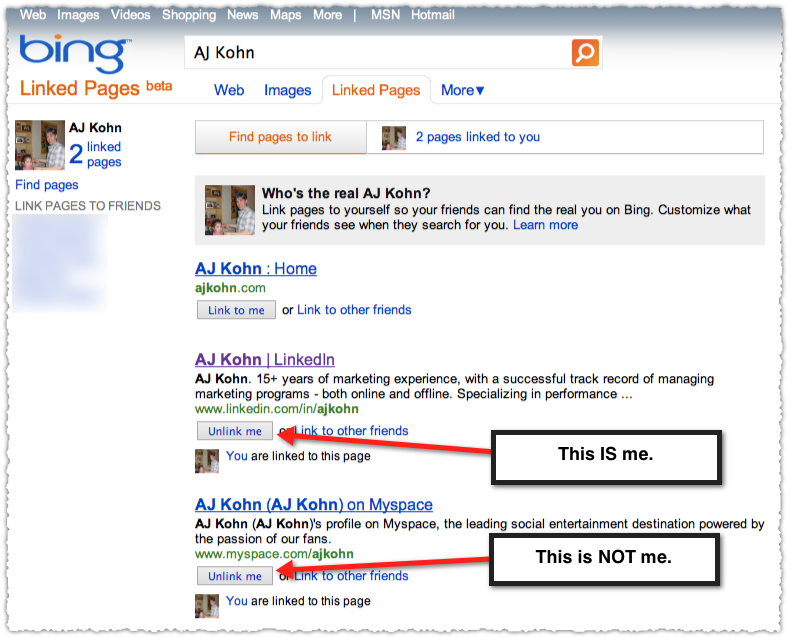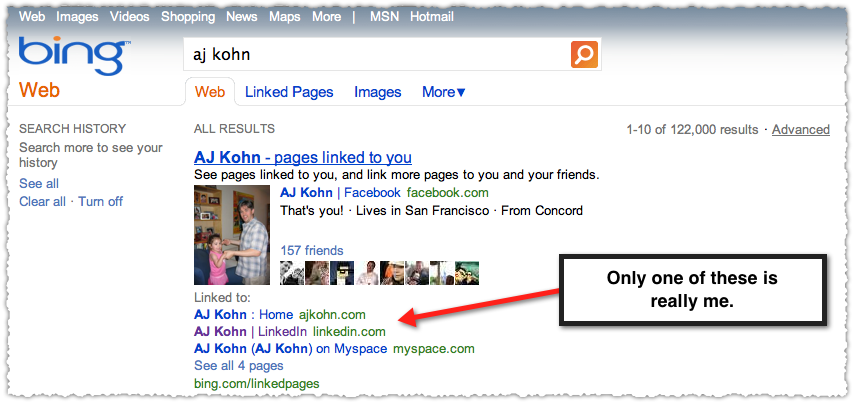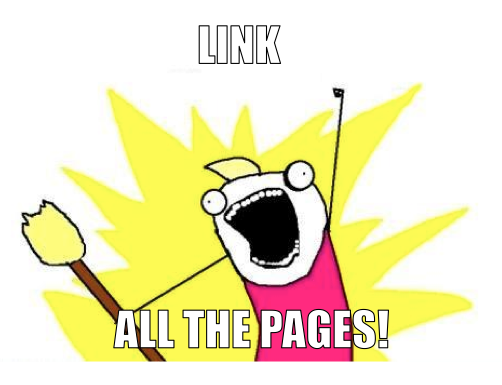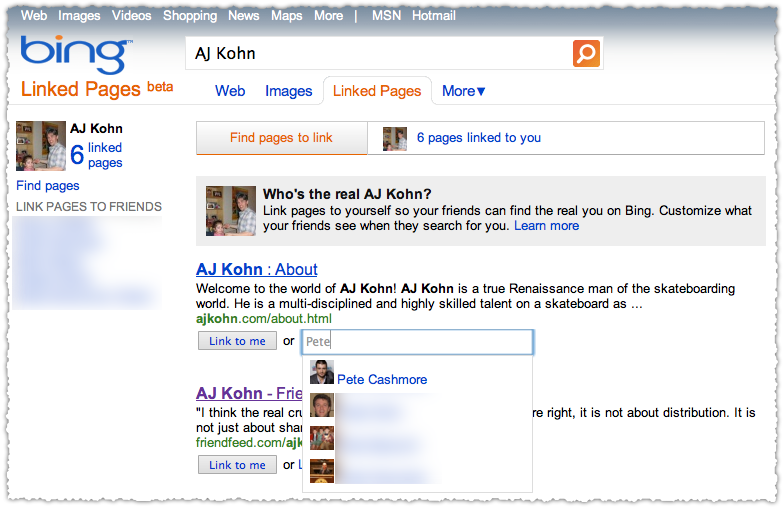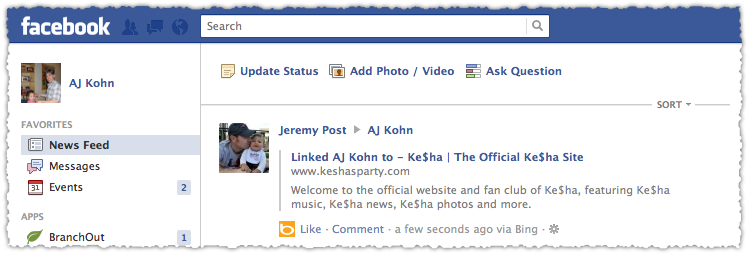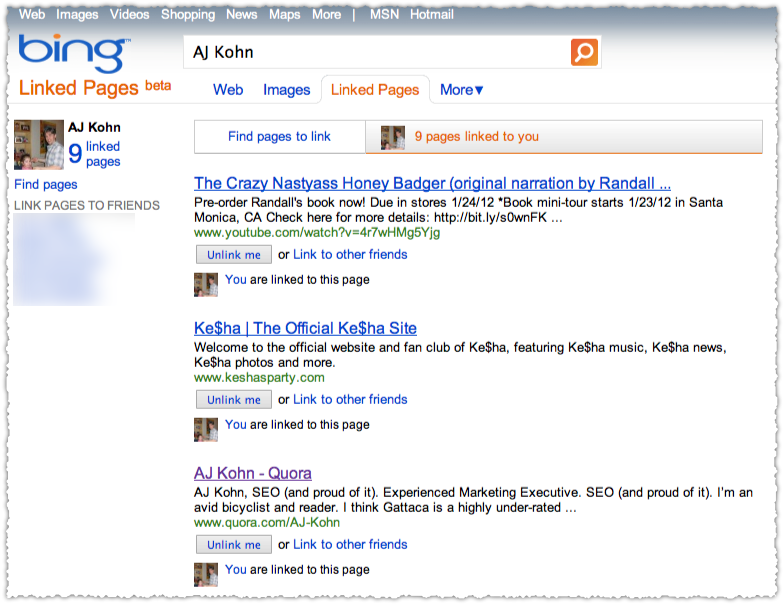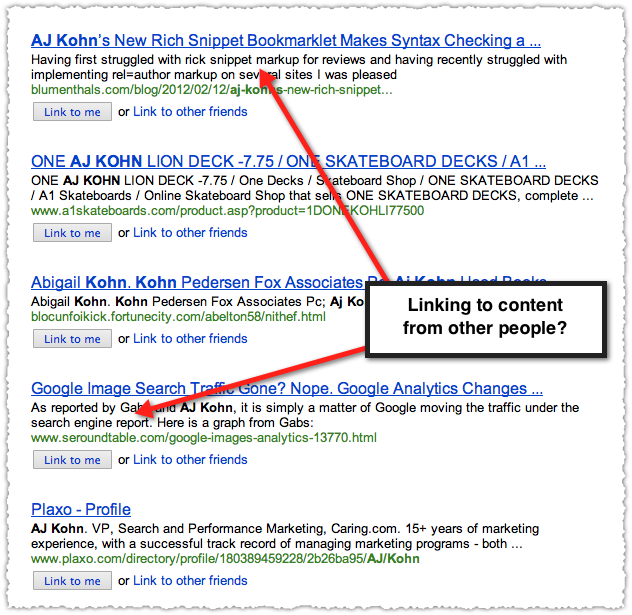I’ve wanted to comment on a number of the debates going on in the SEO community but every time I started to write about it, it felt wrong and boring.
So instead, I wrote a few short stories about SEO that (hopefully) convey my perspective. I’ll leave you to decide what I’m talking about and hope you find it as entertaining to read as it was to write.
Law & Order: Silicon Valley
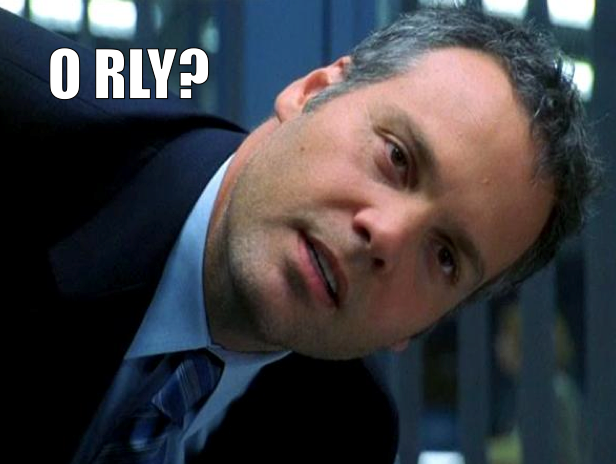
The room was hot, the two-way mirror smudged with sweaty fingerprints. The pea green paint on the wall was peeling and the battered metal table clanked as the well dressed man fidgeted under interrogation.
The grizzled detective paced back-and-forth rubbing his stubbled jaw.
“We know you did it,” he growled.
“I did not kill my wife,” the husband said, deliberately stressing the first word.
“You’re good with words, I’ll give you that,” the detective sneered. “Maybe you didn’t pull the trigger but you might as well have. You walk into the bank, take out five grand in cash and BANG, next week your wife is dead.”
He punctuated the last line by pounding the table with his fist. The husband jerked upright at the sound giving the detective the opening he wanted. Moving around the table the grabbed him by the collar. “Tell me who you paid to do it.”
“Fine,” the husband said sagging back in his chair. “I’ll tell you, but I want a deal.”
A commercial break later the detective is staring at the husband from outside the interrogation room. It’s oddly dark as he chats with the young Assistant District Attorney who announced herself by clacking into the room in her high heels.
“Guy says the killer’s been busy,” he tells her.
“You believe him?”
The detective nods. “Yeah, went through some old cases and the MO wasn’t hard to spot.”
“Okay, pick ’em up. We’ll charge them both,” she says with curt finality.
The Mountain View Speeding Ticket

You’re pulled over on the side of the road watching the cop slowly walk up to your candy apple red Porche in the side view mirror.
Hands on his hips CHiPs style, the cop asks you a simple question. “Do you know how fast you were going?”
What a stupid question you think to yourself. Of course you know how fast you were going. In this instance you’d blown past the normal 10 mph buffer zone of the speed limit. You were in a hurry.
“No officer, I don’t,” you say laconically.
The cop isn’t wearing sunglasses but instead some sort of strange asymmetrical band that makes you think of the Death Star attack sequence from Star Wars.
“Too fast,” he says and begins to tap you out a ticket on his Galaxy Nexus. As he does an old maroon Ford Aerostar minivan roars by doing at least 90 mph. The cop doesn’t seem to notice and that bugs the shit out of you.
“Didn’t you see that guy,” you blurt out. “He was going way faster than me!”
The cop glances up from his phone to look at you, to acknowledge that you’ve spoken, but doesn’t reply and continues to tap away. God, what an asshole, you think. Doesn’t he know that he wouldn’t have a job without my tax dollars!
“There shouldn’t be any speed limit, you know,” you say as much to yourself as to the cop. “It should be like the autobahn where everyone can just drive as fast or as slow as they want.”
Another glance from the cop.
“And, I mean, the speed limit changes. It’s flexible. Did you know that they lowered the speed limit to 55 mph during the gas crisis in the 70s? Its’ all just arbitrary,” you say thinking that you’ve totally pwned him.
The cop pockets his phone and deliberately leans through the car window. Without cracking a smile he says, “Son, last I looked this isn’t Germany and it’s 2012.”
The Girl in Canada You Went All the Way With

“You don’t know her,” Eugene says. “She’s from Canada.”
It’s the first day of High School and everyone is trying to look cool. Eugene has been strutting around telling everyone he knows that he went all the way with a girl over the summer.
“So you got laid by some girl from Canada?” Matt asks incredulously.
“Totally,” Eugene nods smugly.
“But you can’t tell me her name?” Matt asks.
“No,” Eugene says. “I mean, if I tell you her name you’re just going to look her up and ask her all sort of questions. She needs her privacy, you know.”
“Is she hot?”
“Oh yeah, she had curves in all the right places,” Eugene says with a Bogart accent, which doesn’t really tell Matt anything.
“So what exactly did you do?”
“Oh you know how it works, do I really have to explain it to you?” Eugene says condescendingly.
This conversation has played out over and over again throughout the ages. Clearly Matt doesn’t believe that some hot girl from Canada took Eugene’s virginity. In this case Matt’s absolutely correct.
Eugene spent the summer mooning over a girl working at the art house movie theater. “Enjoy the show” is the only thing she’s said to him. “Thanks” is the only thing he ever said in response.
That’s not to say that the hot girl from Canada doesn’t happen. It does from time to time. But sometimes important details are left out. The girl from Canada is sometimes a ‘lady of the night’.
The East Comes West

A long time ago there were a handful of people who saw an amazing opportunity. They moved out West and set-up shop right along a brand new railroad.
They built their business from scratch with their own hands. Not many had the gumption to do this so business was brisk. Not only that but you could get away with almost anything. Heck, the sheriff only rode into town once a month or so. The law just couldn’t keep up with the number of towns springing up.
The people riding the railroad were hearty folk. It took some doing to travel out West on the loud contraption. So they were willing to deal with folks they didn’t know or had heard of before and were careful not to get rooked. Of course, a few liked it so much they wanted to make it easier to visit.
Roads were built and that brought a lot more people to the town. Business was booming. But along with the visitors came a few others ready to set-up business. The town grew and suddenly you had to work a bit harder for your business. And the sheriff started coming around more often, so you had to be (or at least seem) more respectable.
The rich people back East began to realize that the West was going to make it. They’d thought it might have just been a fad but now they recognized their error. So they packed up their things, put on their Sunday best, and headed out West. The ‘old timers’ laughed as the newcomers flailed about trying to build like they had back East. They didn’t understand the West.
But over time they did figure it out. Once they did, they made sure everyone else back East knew that they were out West. They built huge signs that you could see from nearly anywhere and just couldn’t ignore. That’s when things really changed. Because suddenly everyone was out West. But these weren’t the hearty folks of old who were happy keep their back against the wall and one eye open at all times. They just followed those big signs.
The ‘old timers’ still knew a thing or two though. They could get things done behind the scenes, grease some wheels. And there were still some places left that were untouched by the taint of the East. Of course, there were others who saw what was coming and rebuilt their business mixing equal parts West and East.
Because it wasn’t too much longer until that town was a massive metropolis jam-packed with people. Unfortunately, it was getting increasingly confusing too. A new zoning board sprung into action. Their goal was to make it easier for folks to find what they needed. They built malls.
It was difficult to compete with the malls dotting the cityscape. Everyone and their brother’s sister’s dog was trying to get a spot next to those big East anchor stores. The ‘old timers’ walked through the malls shaking their heads, wondering how they’d been shoved aside. Telling themselves they were better than those from the East.
Sometimes they sat around in the park and talked about how unfair it was. They told stories of the crappiest of crappy strip mall they saw over in some suburb. Proof that the system was broken! Other times they turned on each other, brawling in a fit of rage. When they finally tired of the gossip they went back home and tried to recreate that time of yore, doing the same things they always did and expecting them to work.
Hardly anyone noticed.

